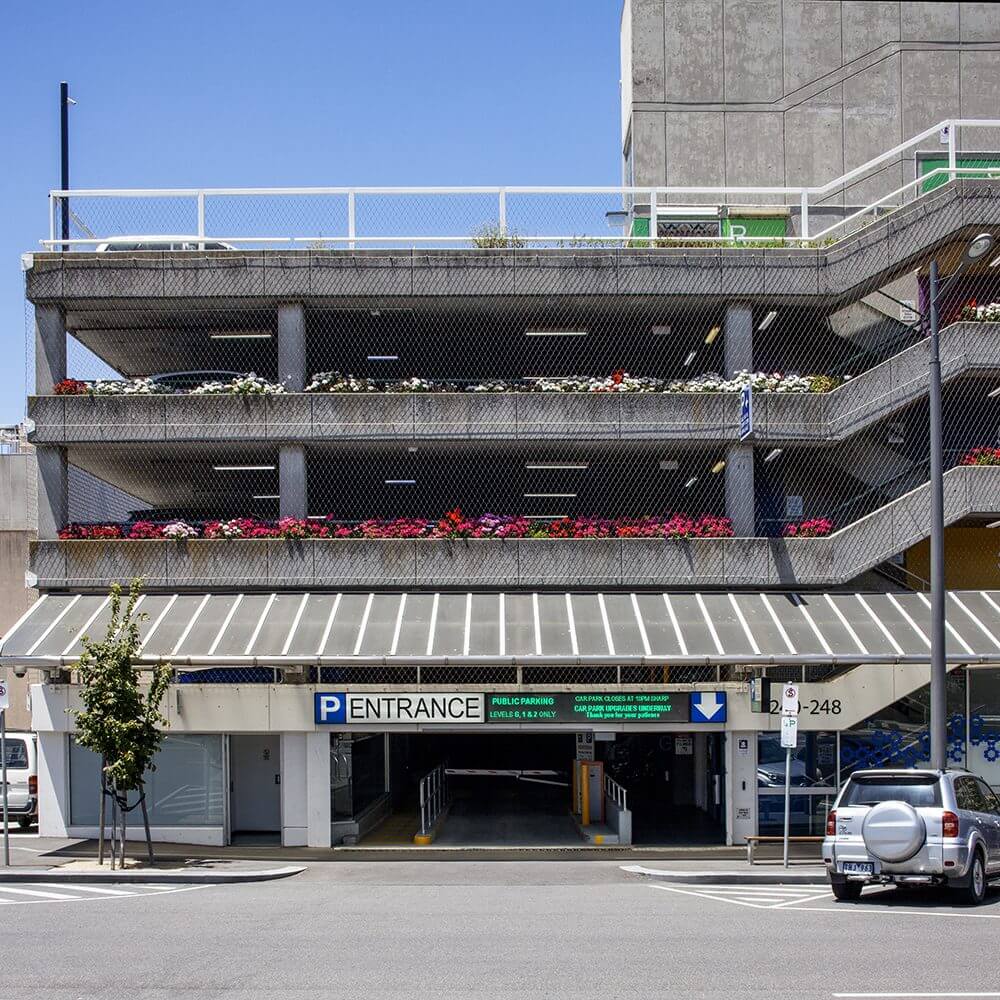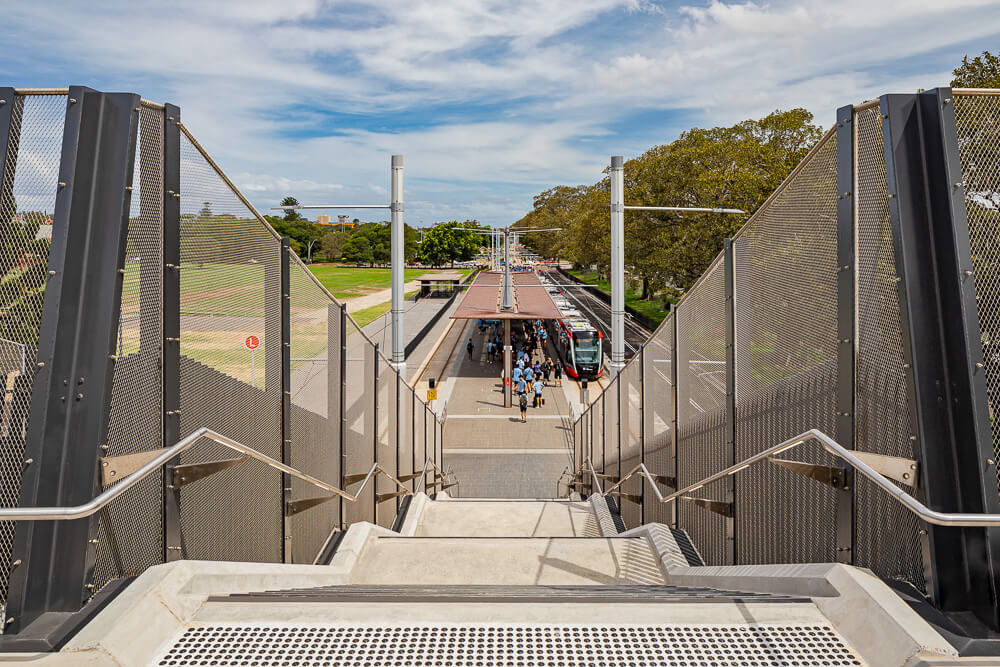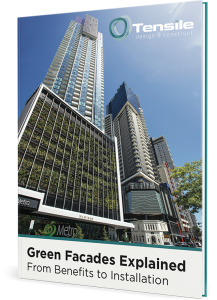Commercial balustrades or barriers can be constructed from a range of materials including glass, metal, timber, Chainlink, stainless steel wire, concrete, perspex, composite panelling and more.
The material you choose should be able to address fall protection as long as you adhere to balustrade safety codes. However, there are various other factors to consider when selecting the right material for the job.
Here are seven key things to think about.
1. Longevity
It’s assumed commercial balustrades are usually in it for the long haul, which makes longevity a top priority.
Some materials have better longevity than others. Some of the best performers for this include Webnet mesh, concrete, perforated panels, steel, metal fabric mesh, composite panelling and glass. A balustrade made from these materials should last at least five years, and in some cases much longer (for example up to 25 years for Webnet).
Poorer materials in terms of longevity include Chainlink, perspex and timber. These materials may be more suited to shorter term barriers or temporary fencing.
2. Maintenance needs
Maintenance adds to the cost of a commercial balustrade, which means even a low-cost one could end up being expensive.
Some common barrier materials have relatively high cleaning needs, including glass, perspex, timber and steel. According to the Victorian Building Authority, balustrades made from concrete are susceptible to decay such as cracking and flaking, which can allow moisture to get in. Corrosion of steel reinforcing can also be a problem with concrete barriers. Webnet mesh requires little cleaning and maintenance outside of annual inspections of the components for wear and tear.
3. Fire resistance
Resistance to fire is a very important safety feature. Barriers made from concrete, composite panelling and stainless steel like Webnet are generally fire-resistant. Glass barriers can also be made fire resistant, but it adds to the cost to do so.
4. Climbability
Most of the materials mentioned are non-climbable, with the exception of Webnet, Chainlink and Weldmesh. However, Webnet can be made non-climbable by using aperture openings of 40mm or less – our article on climbability has more information on this.
5. Ease of installation
Webnet and Chainlink are easy to install compared to many other materials. In fact, we have worked on a number of projects where large Webnet commercial barriers were installed within a matter of weeks, such as at this carpark in Victoria.

6. Transparency
One of the main purposes of open design is to allow for natural light entry and visual connection points between various parts of the building. This is why transparency can often be such an important feature of a commercial balustrade.
Installing a transparent balustrade also helps ensure it doesn’t detract from the appearance of the surrounding architecture and décor. Materials offering the best transparency include Webnet and stainless steel cables, glass, and perspex.
7. Cost
Material costs vary quite considerably. One of the cheapest is Chainlink, starting at around $50 per square metre (sqm). Webnet also fares well in the cost stakes, starting at $150 sqm.
Some of the more expensive materials include glass, concrete, composite panelling, and steel. Check out our cost comparisons of some popular commercial balustrade materials.
How Webnet stands out for commercial balustrades
Jakob’s Webnet mesh meets most of the above requirements and more. It has great longevity, very low maintenance and cleaning needs, high transparency, fire resistance and ease of installation.
To find out how Jakob’s stainless steel wire products could benefit your commercial balustrade project, get in contact with our team.






































